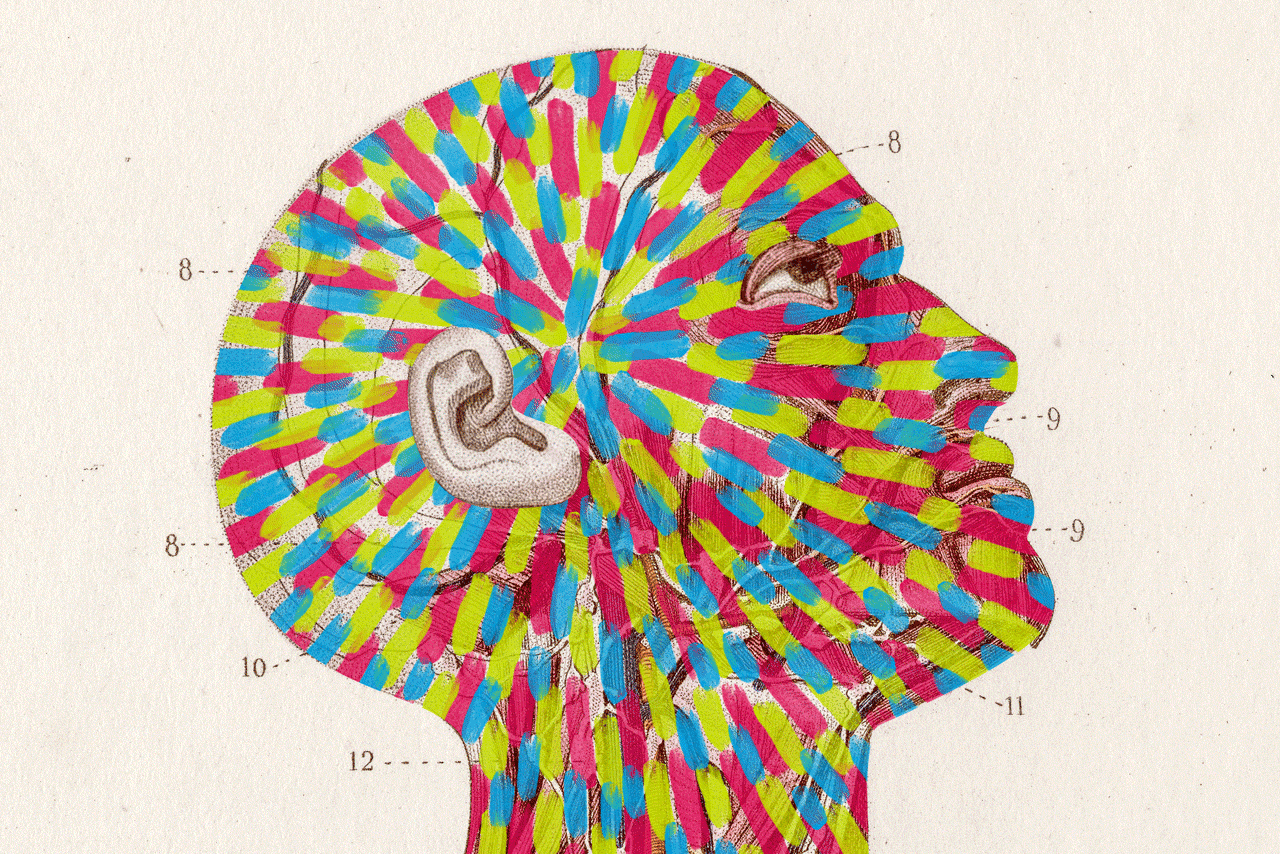Borderline personality disorder grows as healthcare concern
They have the thinnest skin, the shortest fuses and take the hardest knocks. In psychiatristsâ offices, they have long been viewed as among the most challenging patients to treat.
They are the kind of people who drive a friend away for interfering and subsequently berate that friend for abandonment.
For The RecordLos Angeles Times Wednesday, September 09, 2009 Home Edition Main News Part A Page 4 National Desk 1 inches; 37 words Type of Material: CorrectionBorderline personality disorder: An article on borderline personality disorder in Mondayâs Health section contained a reference to the National Alliance for the Mentally Ill. The patient advocacy organization is now called the National Alliance on Mental Illness.For The RecordLos Angeles Times Monday, September 14, 2009 Home Edition Health Part E Page 9 Features Desk 1 inches; 39 words Type of Material: CorrectionBorderline personality disorder: An article on borderline personality disorder in the Sept. 7 Health section contained a reference to the National Alliance for the Mentally Ill. The patient advocacy organization is now called the National Alliance on Mental Illness.
But almost 20 years after the designation of borderline personality disorder as a recognized mental health condition, some understanding and hope have surfaced for people with the condition and their families.
Borderline personality disorder was center stage in May at the annual meeting of the American Psychiatric Assn. -- with multiple sessions and speakers devoted to the topic. And the message from the meeting was clear: After years during which they threw up their hands, leaders in psychiatry now want to convey a more positive message about the condition and what can be done to help those who have it.
âBorderline personality disorder is considered a pejorative term,â says Dr. Richard G. Hersh, a psychiatrist at Columbia Universityâs College of Physicians and Surgeons. âBut there are new treatments and new data that give reason for optimism.â
That is especially significant given results of a survey of more than 24,000 adults, conducted by the federal government and released last year, that found a lifetime prevalence of borderline personality disorder to be almost 6% -- more than double previous estimates.
âThe public and patients want to learn more about this condition, and more doctors want to treat it,â says Valerie Porr, founder of a national advocacy group called TARA, Association for Personality Disorders.
Messy relationships
âYou look back now and see things,â says Patricia Green, the mother of a 25-year-old woman diagnosed with borderline personality disorder.
As a child, Sooki (a pseudonym) was sensitive and easily rattled. In high school, she had such difficulty making friends that she opted for home schooling.
After high school, the real trouble began. She had a series of turbulent relationships; was fired from jobs and racked up serious credit card debt. She began cutting herself and was diagnosed with depression.
Patricia, a school nurse in San Diego, attended a workshop on borderline personality disorder six years ago and left suspecting her daughter had it. The description seemed to fit Sooki to a T.
âSuddenly, all the things about Sooki that didnât seem to be related were all under one umbrella,â Patricia says.
As in the case of Sooki, people with the disorder make a mess of their relationships -- and no wonder, given the hallmark symptoms: mood instability, fear of abandonment, impulsive behavior, anger and suicidal or self-injurious acts. People with the disorder may misperceive the actions -- even the facial expressions -- of others.
âYou canât regulate your emotions despite your best efforts,â says Marsha Linehan, a University of Washington psychologist and leading expert on the disorder.
Borderline personality disorder occurs equally as often in men and women and sufferers often also have other mental illnesses or substance abuse problems. The composite of an angry, unstable, clingy, substance abuser is not a pretty one, and people with the disorder suffer greatly because they drive away even the people who love them most, experts say.
âHaving a relative with BPD can be hell,â says Perry D. Hoffman, president of the National Education Alliance for BPD. âBut our message to families is to please stay the course with your relative because itâs crucial to their well being.â
One of the most significant developments for those affected by the disorder has been the emergence of a strong family and patient advocacy movement pressing for more research and establishing support networks and treatment referral services. Porr started TARA in 1995; Hoffman launched her organization in 2001. In 2007, the National Alliance for the Mentally Ill, a patient advocacy group, put borderline personality disorder on its list of âpriority populationsâ for public policy efforts.
The National Institute of Mental Health, along with the nonprofit advocacy groups and major medical institutions such as UCLA and the Mount Sinai School of Medicine in New York have convened national and regional conferences on the disorder.
Roots in childhood
The flurry of research on borderline personality disorder is casting the condition in a new light. Originally, the behavior was blamed on abuse, trauma or neglect in childhood. But newer research suggests that people with the disorder are born with the predisposition to be emotionally sensitive. Abuse puts a person at higher risk for borderline personality disorder but not everyone who develops it is abused or neglected.
âParents commonly say, my kid has not been normal since he or she was born,â says Dr. Marianne Goodman, a psychiatrist at Mount Sinai School of Medicine in New York.
In a study presented at the American Psychiatric Assn. meeting, Goodman found signs of emotional sensitivity in young children who were later diagnosed with borderline personality disorder. Via a Web questionnaire, Goodman collected data from parents on 234 people with the disorder and 87 unaffected siblings.
She found that as infants, the children who were later diagnosed with borderline personality disorder tended to be self-soothing -- they sucked their thumbs or had attachments to objects, such as a blanket -- compared to unaffected siblings. They were also more sensitive, had excessive separation anxiety and were moodier. They had social delays in preschool and many more interpersonal issues in grade school, such as few friends and more conflicts with peers and authorities.
As teenagers they were more promiscuous, aggressive and impulsive, and more likely to use drugs and alcohol. Cutting and suicide became common.
âChildren are really starting to look so different at that point,â Goodman says.
Other research shows that, by their 20s, people with the disorder are almost five times more likely to be hospitalized for suicidal behavior compared to people with major depression.
Research on the brains of people with the disorder suggest there is a biological predisposition to the core symptoms of emotional sensitivity and misperceiving the actions and feelings of others.
For example, a study published in 2008 in Science showed different patterns of brain activity in people with the disorder: The scans showed abnormal responses in a brain region called the bilateral anterior insula when borderline personality patients played a game with other people that tested their sense of fairness and social norms.
Through such studies, experts say, it is becoming clearer that the condition may simply be a type of personality that some people enter the world with. Some describe that mind state as a âpervasive emotional dysregulationâ -- a brain that is primed to overreact.
âI donât think you can learn to be borderline,â Linehan says. âThey are intensely emotional people. The sensitivity to emotion is probably there at the beginning.â
By emphasizing a biological tendency to the behavior, therapists and family members say they hope to soften the perception of the borderline patient as willfully manipulative and argumentative.
âBPD is very popular in terms of literature, the media and movies,â says Dr. Josepha A. Cheong, the 2009 chairwoman of the American Psychiatric Assn.âs scientific program committee. But it often gets bad -- and inaccurate -- press in such media, she adds.
One of the most prominent portrayals is the maniacal stalker played by actress Glenn Close in the movie âFatal Attraction.â A more accurate portrayal, Cheong suggests, would be the character of Jenny in the movie âForrest Gump,â who was a somewhat sympathetic but self-destructive, dysfunctional woman who wanted a normal life but couldnât achieve it.
âItâs a far more compassionate portrait,â Cheong says. âIt hints at the suffering of the patient.â
Toward treatment
Future progress in helping people with borderline personality disorder, however, may rest on the willingness of therapists to recognize it and apply therapies that are specific to the condition. One study of 70 patients presented at the American Psychiatric Assn. meeting found that 34% had been given a wrong diagnosis before finally being identified with borderline personality disorder.
The study also found that 74% of people who met the criteria for the disorder had never been diagnosed with the condition despite an average of more than 10 years since their first encounter with a psychiatrist.
The correct diagnosis is key because specific behavior-change therapies seem to work best (see related story.)
There are several helpful therapies, experts say, notably dialectical behavioral therapy, and all share common elements. The bond between the patient and therapist is strong -- important for a long-term, therapeutic relationship. And the therapy focuses on the present rather than the past, on changing oneâs behavior patterns now regardless of how patients feel about the past or if they see themselves as victims.
After Sookiâs diagnosis, her mother Patricia began to change the way she communicated with her daughter by remembering that Sooki is ultra-sensitive and easily misperceives othersâ feelings.
Sooki began seeing a therapist who specialized in borderline personality disorder. She attended group support meetings, took medication for depression and began to exercise to battle her depression in a positive way. She is now in a healthy relationship with an understanding, supportive boyfriend, her mother says, and is taking college classes.
She doesnât yet tell people she has borderline personality disorder because, she says, few people understand what it is.
But, recently, she has started telling the truth about the scars on her arms. âThe scars from my cutting are a reminder of how bad things were,â she says.
âFor so long I felt like an outsider looking in. I hated myself, she adds. âIâve really improved and I think each year will get better.â
--
More to Read
Sign up for Essential California
The most important California stories and recommendations in your inbox every morning.
You may occasionally receive promotional content from the Los Angeles Times.










